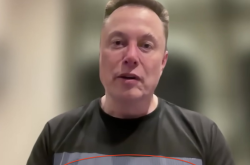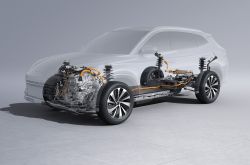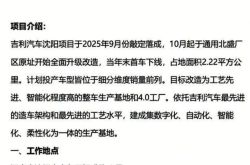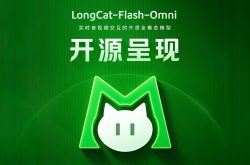"Intelligent Driving Equality": A Misleading Proposition?
![]() 04/22 2025
04/22 2025
![]() 611
611
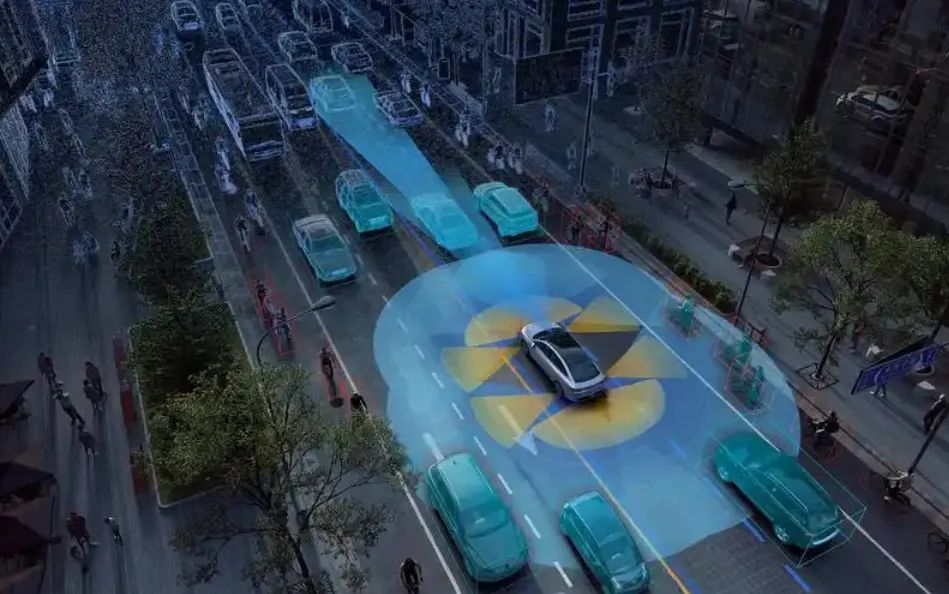
Introduction
Intelligent driving encompasses a vast spectrum of capabilities, each with varying levels of sophistication.
"Auto companies daily tout intelligent driving equality, but let me ask: What lidar do you use? Whose chips? What's their computing power? Answer me! Look me in the eye! What about your computing platform, by-wire system, and safety redundancy? How can you claim equality? Justify it!"
"What's your misjudgment rate for nighttime ghost pedestrians? How many milliseconds of delay in lane-cutting scenarios? The promised mapless solution turned into stupidity in seconds with road construction fences!
How do you use user-contributed corner cases to iterate your model? How many extreme scenarios are covered? How does braking distance extend in rainy weather?
Answer me! Look me in the eye!"
They profess 'equality' but sell L2 as L4!
Is sensor accuracy sufficient? How many algorithm iterations? How many terabytes of data collected?
Consumers are testing for errors with their lives—
Is this equality? This is unscrupulousness!"

Achieving intelligent driving equality is easier said than done. It's not just a slogan; it's a technological moat funded by real money, a safety credential earned from millions of kilometers of road tests, and pricing power secured through industrial chain discourse.
01 Making Intelligent Driving Safe
Recent safety incidents have significantly impacted the industry's credibility, prompting stricter supervision. This is a race to reconstruct technology and rules; intelligent driving is transitioning from science fiction to reality. The tight supervision highlights the contradiction between technological advancement and lagging regulation.
This reveals three key points: Firstly, technological boundary ambiguity necessitates rule reshaping. Intelligent driving systems' decision-making logic in extreme scenarios touches ethical and legal gray areas. Regulatory intervention essentially draws "moral red lines and legal boundaries" for AI.
Secondly, uncontrolled industrial competition requires policy anchors. Some auto companies exaggerate promotions and conceal defects to seize the market. Intelligent driving accidents expose technical flaws and tear open the industry's unspoken rule of "emphasizing marketing over verification." Tighter supervision safeguards consumer rights and corrects market order.
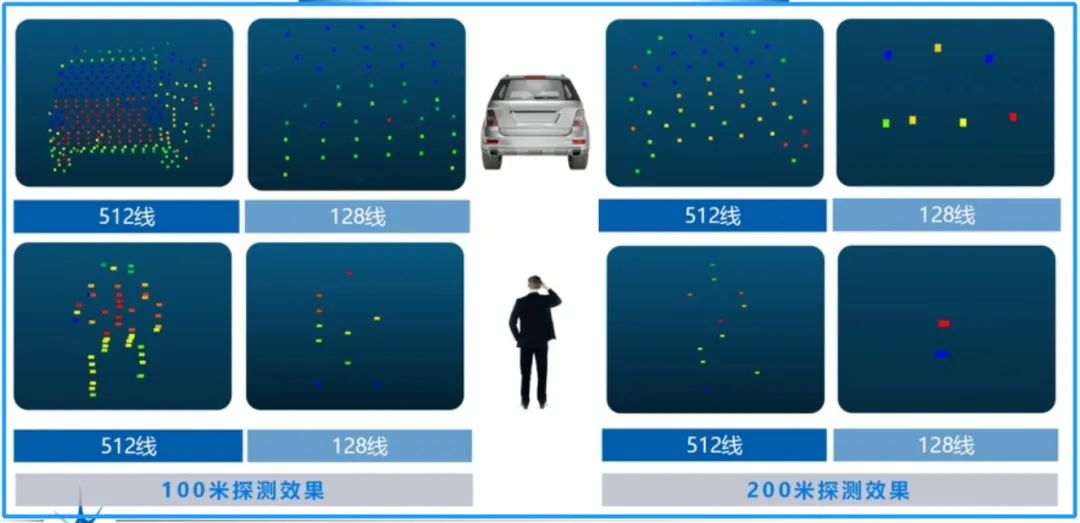
When auto companies claim "standard high-level intelligent driving across the lineup," few question: The detection accuracy difference between 128-line and 96-line lidars is 40%, yet brochures only mention "lidar" without specifying the model. Even more ironic, some list basic parameters like camera pixels and millimeter-wave radars as "core advantages," cognitively exploiting consumers.
Recently, an intelligent driving accident silenced the industry. Yet, Lantu Auto bucked the trend with an L3-level intelligent architecture technology conference, emphasizing the synergy of "intelligent architecture" and "intelligent driving."
As Lu Fang, CEO of Lantu Auto, stated, "Market promotions often focus on lidar or chips, but if the algorithm or vehicle execution lags, it's misleading. The industry is fraught with irregularities, like claiming intelligent driving capabilities without achieving power distribution control, power, and brake coordination. This is false propagation."
True intelligent driving requires vehicle capabilities combined with intelligent technology for a complete experience. "It's like sports; it needs a smart brain and flexible limbs to execute."
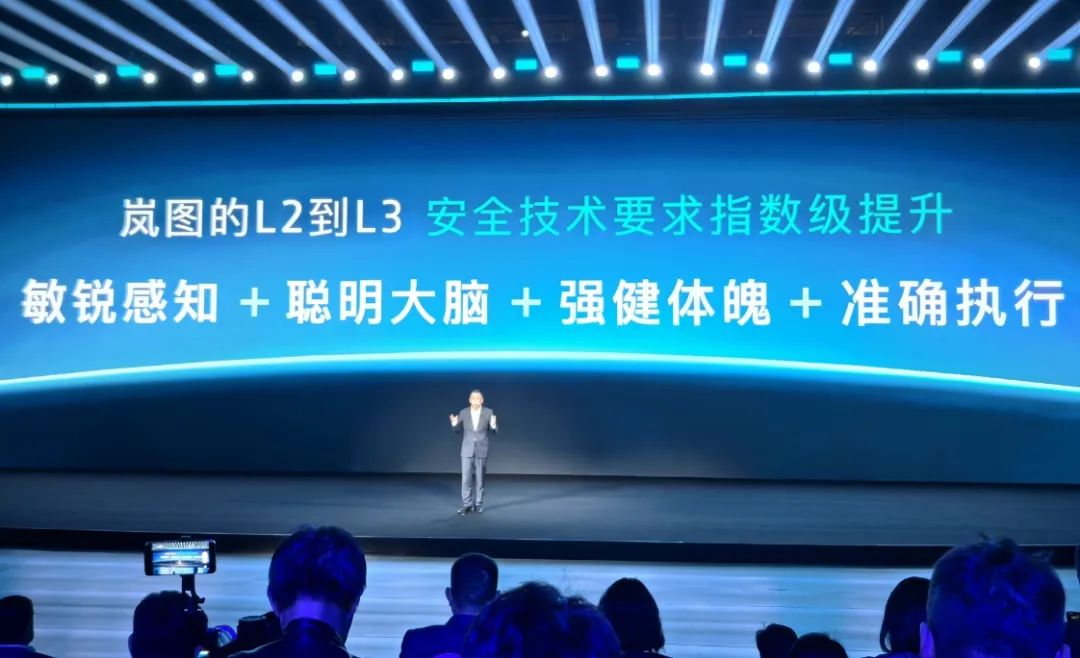
When auto companies claim "standard high-level intelligent driving," few question: The detection accuracy difference between 128-line and 96-line lidars is 40%, yet brochures only mention "lidar." Chips with 200 TOPS and 2000 TOPS of computing power differ by three orders of magnitude, yet parameter tables vaguely state "powerful computing power."
Intelligent driving equality proponents love quoting Moore's Law, believing time will naturally reduce costs. Reality is harsher: Each lidar scan burns cash, high-precision mapping consumes manpower and resources, and algorithm iterations deplete computing power.
When "intelligent driving equality" becomes a buzzword, it degrades into a marketing scam. Consumers are portrayed as martyrs of technological utopia, while true equality suffocates in hardware downgrades, false algorithm labeling, and safety compromises.
02 Empowering Users with Knowledge
"Intelligent driving varies in capability. When promoting, we must emphasize equality, but what kind? Firstly, based on safety, equalizing users' right to know. They must understand the car's actual capabilities; otherwise, it can lead to problems. Some companies promote high capabilities but sell lower ones, misleading users and causing accidents."
The gap between intelligent driving concepts and reality creates a dangerous cognitive divide. When auto companies use "intelligent driving equality" as a marketing tool, they forget the foundation of equality: information symmetry and user understanding, not technological myths.
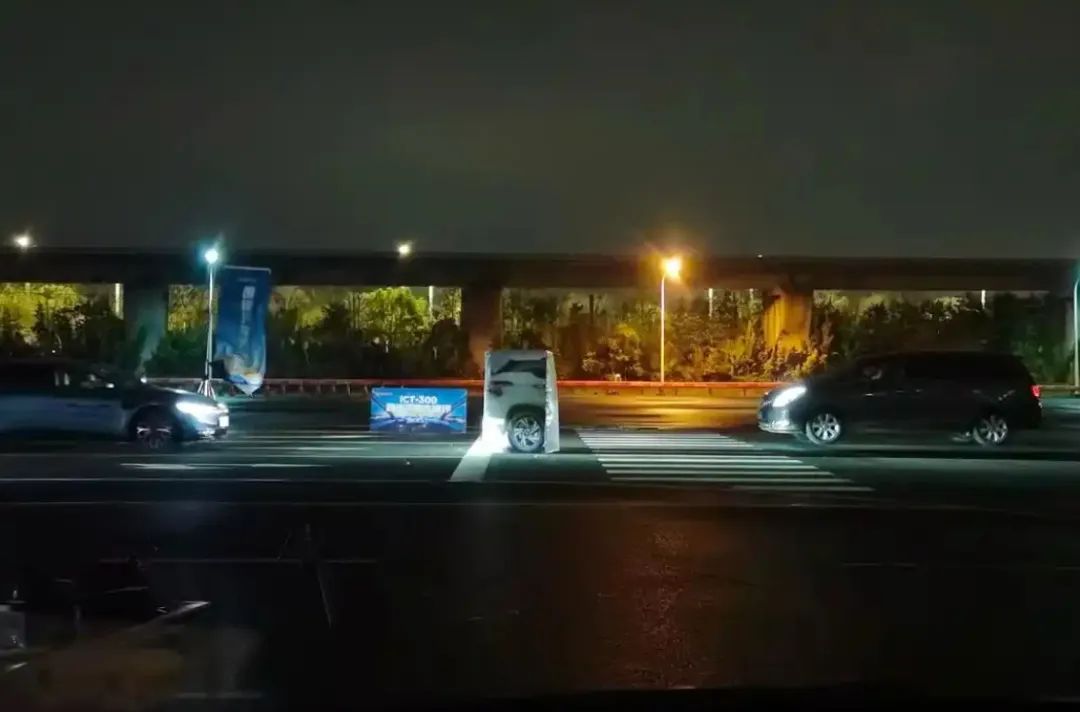
This equality movement, in the name of safety, is a revolution of the right to know, reshaping the automotive industry's discourse.
Intelligent driving technology's complexity forms an information barrier. From L2-level assisted driving to L4-level autonomy, each leap increases algorithm density and sensor accuracy exponentially.
An auto company claims a "fully self-developed" intelligent driving system but is tight-lipped about chip computing power and lidar line count. A brand showcases automatic parking but avoids underground garage signal dead zones. This selective disclosure creates cognitive illusions by exploiting the technological black box.
A subtler fraud lies in scenario capability concept substitution, like claiming "city NOA covers 95% of driving conditions" but defining "conditions" as ideal weather main road travel, exempting narrow road passing in heavy rain or nighttime pedestrian recognition on unlit roads under "continuous iteration."
This manipulates consumers into believing the technology is mature, pushing them into unknown risks. The most dangerous lie is packaging L2-level assisted driving as "close to L4" autonomous driving.
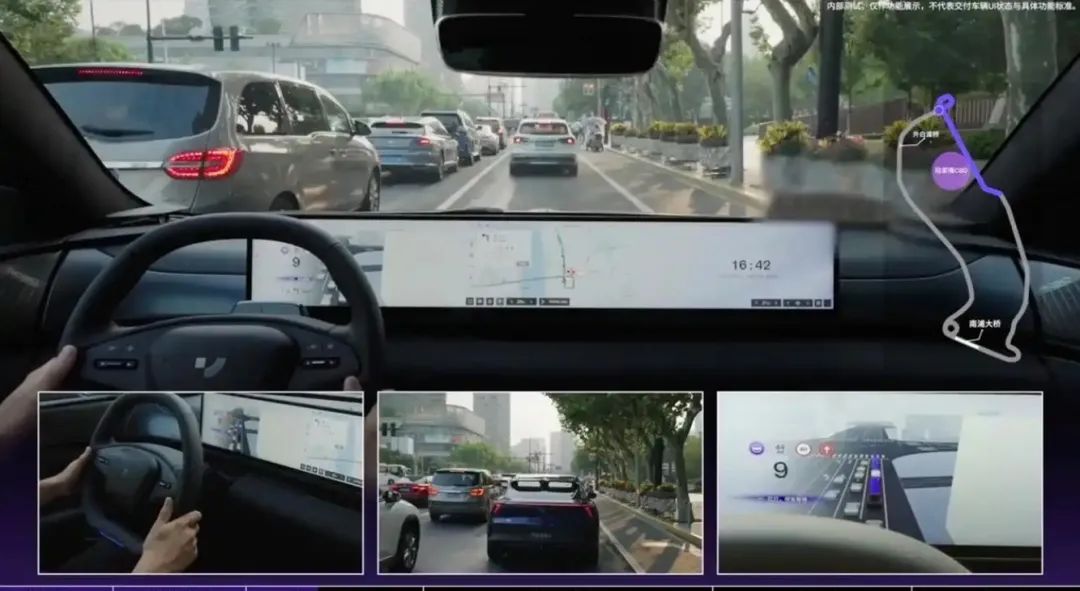
This not only blurs technological boundaries but also constructs a responsibility transfer chain: When accidents occur, auto companies blame users for not taking over in time, and insurance companies refuse compensation, citing undefined system failures. Consumers bear the consequences amidst technological black boxes and legal loopholes.
Faced with myriad "intelligent driving packages," ordinary users lack professional interpretation skills and objective evaluation data. A report shows over 60% of consumers confuse "autonomous driving" with "fully autonomous driving," turning cognitive bias into fatal risks. Misusing an L2 system as L4 can lead to tragedy.
When auto companies advertise "full-scenario intelligent driving," few question: How many extreme scenarios are covered? Does "full scenario" include non-standard roads in rainy and snowy weather? An auto company showcases autonomous driving through downtown areas but notes in fine print that "the driver needs to monitor the entire process." This contradiction erodes industry credibility.
The journey towards intelligent driving equality is a revolution of the right to know, piercing through technological fog and rebuilding the automotive industry's trust system. When consumers understand the safety implications behind each technical parameter, when auto companies' promotional rhetoric is constrained by objective standards, and when the regulatory system draws ethical boundaries for technological innovation, intelligent driving can truly progress from a conceptual frenzy to an inclusive reality.
Editor-in-Chief: Cao Jiadong | Editor: He Zengrong

